
You Caught the Flu! What Do You Do?
Christmas is long gone, New Year’s mostly forgotten, but one season has just begun–welcome flu season. No one wants to catch it, but whether you live in Tokyo or are just visiting, what do you do when influenza strikes?
Step One: Masku
First of all, slap on マスク masuku, a face mask. Japan has a mask-wearing culture that might be a little unnerving for foreigners. If you have spent any time in Japan you will know that the white surgical mask you normally see only in doctors offices or at the dentist abroad, is commonly worn around town in Japan. Masks are worn by both children and adults, men and women, for everything from allergies to garlic breath to no makeup days. Japan also has a culture of not causing 迷惑 meiwaku, or trouble for others. Since giving others your flu germs would definitely be causing them trouble, your number one priority when you catch the flu is to keep your germs to yourself. Thus, the mask!
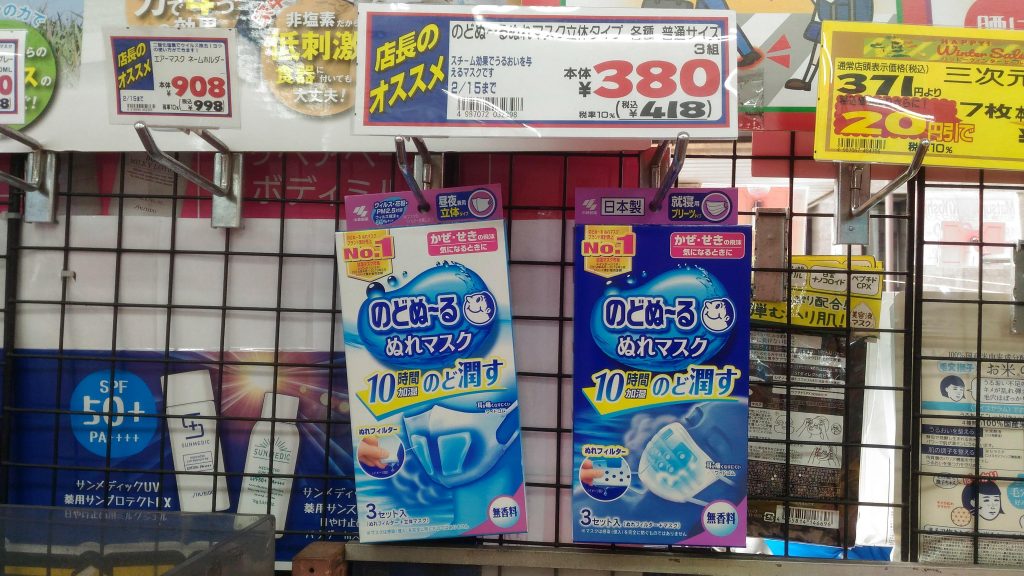
Step Two: Fever
One of the preliminary means of diagnosing the flu is by checking for a fever, so step two is to take your temperature. According to MyNaviWoman, 37 degrees Celcius (98.6 degrees Fahrenheit) constitutes a fever (熱 netsu), and 38 degrees Celcius (100.4 degrees Fahrenheit) is considered a high fever (高熱 kounetsu). If you have fever plus symptoms such as fatigue, a cough, a runny nose, a headache, chills, nausea, or lack of appetite, you likely have the flu. Which leads me to step three.
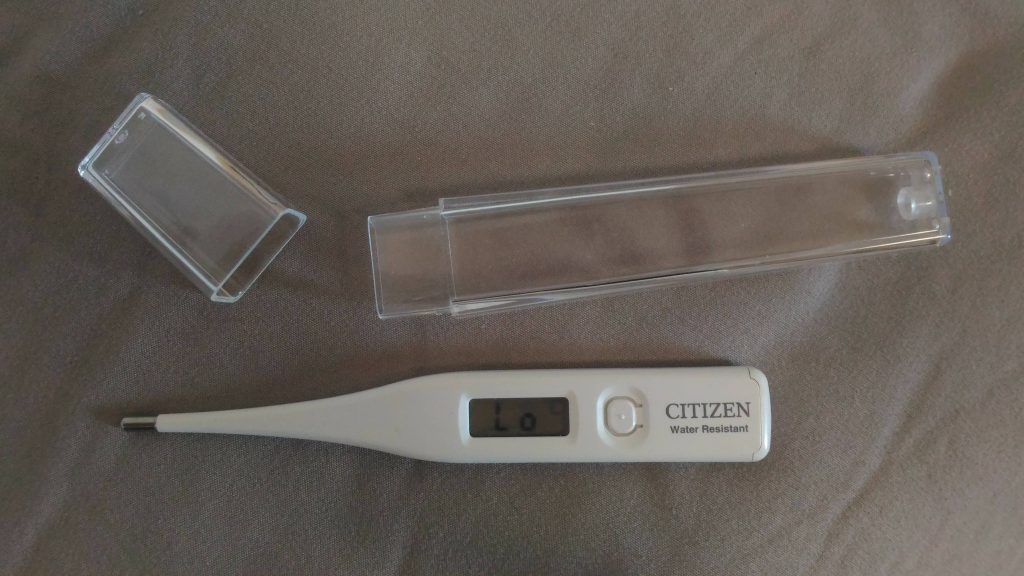
Step Three: Go to the Doctor!
If you have a temperature and flu-like symptoms, you will need to go to the doctor and take the flu test. Why? Even if you really don’t feel too bad, if you test positive for the influenza virus, you are not supposed to go to work with the flu. In fact, your doctor will probably tell you take it easy for 2-3 and have minimal contact with people for 5 days. After 5 days, you should no longer be contagious.
Here are a couple of notes about your doctor’s visit.
Number One: Price
If you visit a 内科クリニックnaika kurinikku (naika means doctor of internal medicine), your visit will be surprisingly affordable. These local clinics tend to be smaller and more friendly than big hospitals. My sister caught the flu while visiting Japan on vacation. Even without insurance, she was able to see the doctor and buy three types of medicine for about $120.
If you live and work in Japan and have National Health Insurance, it’s even better. I paid around $45 out of pocket.
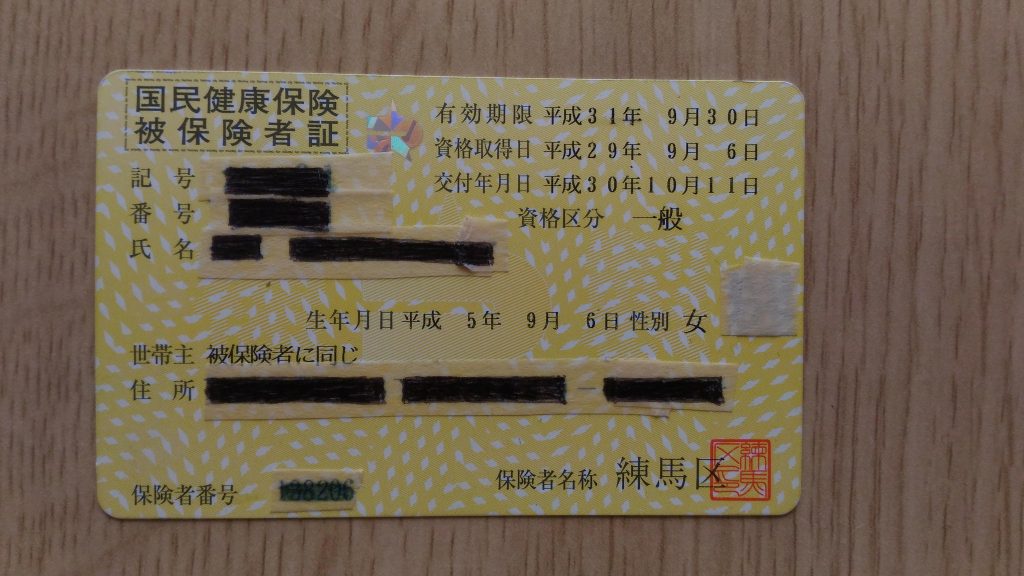
Number Two: Waiting Time
You may have previously been turned off from walk-in clinics by the long waiting time. It can takes hours to be seen (in Tokyo, that is). However, if you tell the front desk you think you caught the flu, インフル infuru, never fear. They will whisk you out of the waiting room within minutes to a private room in the back, where the doctor will soon see you. My waiting room even had a lap blanket.
Number Three: The Flu Test
You may have had the Q-tip flu test before and thought it was uncomfortable, but that is nothing compared to the Japanese flu test. The test instrument is a long, flexible stick, which the doctor inserts all the way down your nostril and pulls out again. It burns both ways. The good news is that it only takes a few seconds to perform, and the lab test results come back within fifteen minutes or so.
You Have the Flu–Now What?
Step One: Take Your Medicine
If the flu test comes back positive, your doctor will probably prescribe you an inhalant and a few medicines for your worst symptoms. I couldn’t read the kanji for every symptom on the medical form, but a kind nurse talked me through the entire list to double-check I had gotten them all. I was told to take the flu medicine immediately, and take the other medicines as short or long as I needed them. Some medicines should be taken 食前 shokuzen, or before meals, and others should be taken 食後 shokugo, or after meals.

Japanese doctors tend to prescribe weaker medicines than American doctors. If you have an uncontrollable cough, and your prescription medicine doesn’t seem to be working, try an over-the-counter cough medicine (せき止め sekidome).
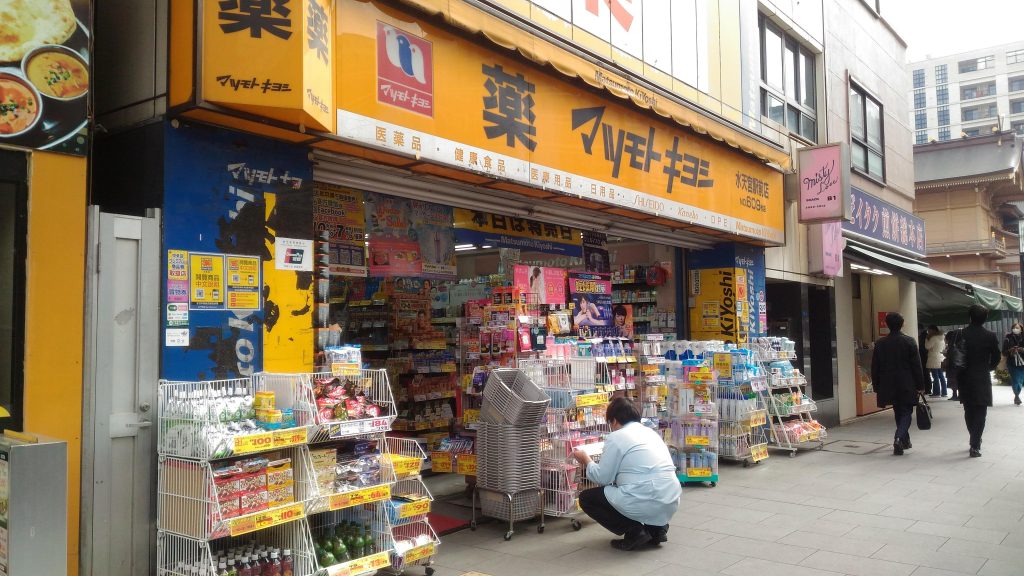
Step Two: Keep Hydrated and Get Good Nutrition
Especially if you have a high fever and are sweating a lot, but in any case, it is important to stay hydrated. Water, tea, or a variety of Japanese sports drinks should help you out. (Common sports drinks are Aquarius and Pocari Sweat)
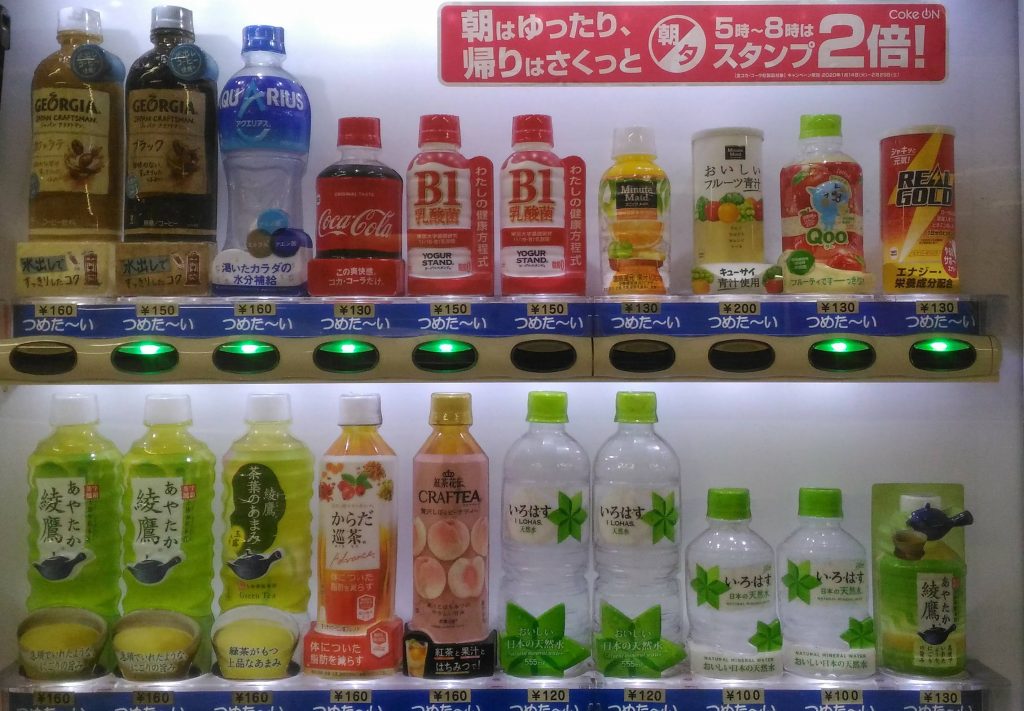
A few good Japanese flu foods are おかゆ okayu (salty rice porridge, which you can make at home with your rice cooker on the お粥 setting), お茶漬け ochazuke (you can buy a packet of ochazuke, sprinkle it over rice, and add hot water), 甘酒 amazake made from only 麹 kōji (non-alcoholic rice wine–called a “drinkable IV” because of its powerful health benefits), and 梅干し umeboshi (salty pickled plum).
If you feel really nauseous, try a cup of hot water in the morning and another cup before bed. When you feel ready, try eating plain foods first. BRAT is a good acronym to remember. It stands for Banana, Rice, Apple, and plain Toast, foods that are easy on the digestive system.
Step Three: Keep Warm & Take Oils!
A simple step to getting well is to stay warm. I wrapped a scarf around my throat all day long and went to bed with 湯たんぽ yutampo, a hot water bottle.

If you are into it, or even if not, essential oils are a good way to battle any kind of cold or flu. American brands like DōTERRA and Young Living are available in Japan. Health Food shops also carry Japanese brands. I applied oils topically and diffused them throughout my flu week.

I didn’t expect to catch the flu this season. Who does? Still, I hope my experience can be of some use to you. Please share any magical remedies you have to get over the flu quicker and more painlessly. Also, if you have gotten the flu shot, how was it? Would you recommend it to others?
Thanks for reading, and stay well!
** For safe travels in Japan and further details, check Japan Official Guide for when you are feeling ill.
** Japan Visitor Hotline, a 24-hour, 365 days a year, multilingual call service for travelers in Japan. Call this number: +81 (0)50-3816-2787.
** Basic measures to avoid infectious diseases: check this infographic.



